Everyone thinks they know Princess Diana — the smile, the charity, the heartbreak that played out in public. But beyond the familiar story was a quieter, more personal influence. For so many, she wasn’t just a royal figure, but someone who made them feel seen, heard, understood. This isn’t about the headlines or the fairy tale gone wrong. It’s about the smaller moments that slipped by unnoticed — the ones that still linger, quietly shaping how we remember her. Who Was Diana, Really?
A Life Under Scrutiny

Born into British aristocracy in 1961, Diana entered public life young — 19, newly engaged, camera flash in her face before her name finished echoing.
She became a princess, a mother, a global symbol before she knew who she was privately. That search — unfinished and very human — is what resonates.
Behind the headlines was someone learning aloud, breaking quietly, and offering warmth the palace never taught. Her story was grand, yes — but also profoundly and achingly personal.
The Woman Everyone Knew But Didn’t Really Know

On August 31, 1997, Diana died in Paris. Outside Buckingham Palace, mourners gathered — silent, stunned, blanketing the gates in flowers.
Her funeral on September 6 drew over two million to London’s streets. They wept openly, calling her a friend, a guide, someone who understood them.
But how could so many feel so close to someone they’d never met? Loved globally, known intimately — and yet, nearly thirty years later, still largely a mystery. Who was she?
Her Parents Were At War and She Was Caught in the Middle
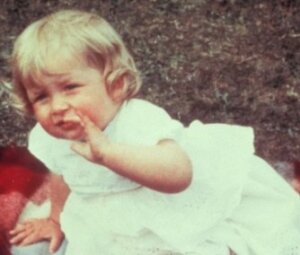
Diana Spencer was born on July 1, 1961, at Park House in Sandringham, into a world of titles, tradition, and expectations that whispered before she could walk.
She was the fourth of five children, growing up alongside two sisters and two brothers. But beneath the polished surface, her family life was far from serene.
In 1968, her parents went through a bitter divorce — one so intense, her grandmother testified in court against her own daughter. In the end, Diana’s father was granted custody of all five children. She had to grow up quickly after that.
She Had To Play Many Roles Growing Up
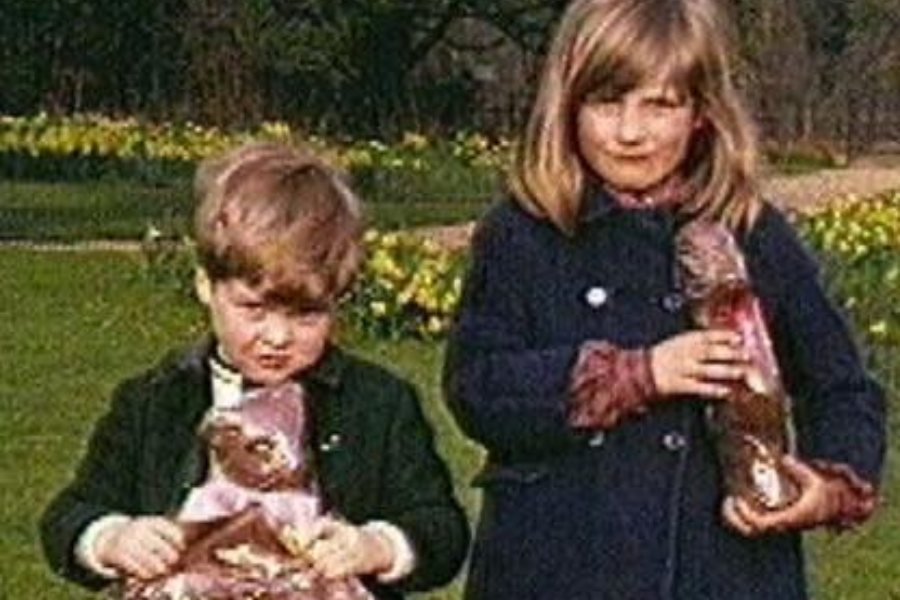
The absence of her mother left a mark Diana rarely spoke of, but felt deeply. She struggled with her new stepmother and quickly learned to adapt.
With childhood cut short, she stepped into roles no child should have to. Her younger brother Charles told The Sunday Times “She was the big sister who mothered me as a baby.”
He remembered long train rides between parents’ homes — Diana beside him, steady and quiet. She wasn’t just his sister. For a time, she was everything.
Not Shy, Just Sharp

Many remember Diana as shy — “Shy Di,” they called her. But according to her brother Charles, the nickname didn’t match the girl he knew.
He told People in 2017 that she was thoughtful, not timid. She watched, listened, and measured people before deciding how to respond.
“She was never shy,” he said. “She was canny about people… that’s not shy — that’s actually quite clever.” Also? No one in the family ever called her “Di.”
She kept Her Aistocratic Origins Hidden

Diana attended West Heath Girls’ School, a private boarding school with riding lessons and manicured lawns. She left at sixteen, uninterested in academics or tradition.
She moved to London and shared a flat with her closest friends. She dreamed of becoming a dancer, and in the meantime, she took on jobs to get by, whatever paid the rent.
She worked as a cleaner and babysitter, never disclosing her aristocratic background. One employer, Mary Robertson, said, “I just fell in love with her. She was wonderful with my child.”
Her Older Sister Dated Prince Charles First
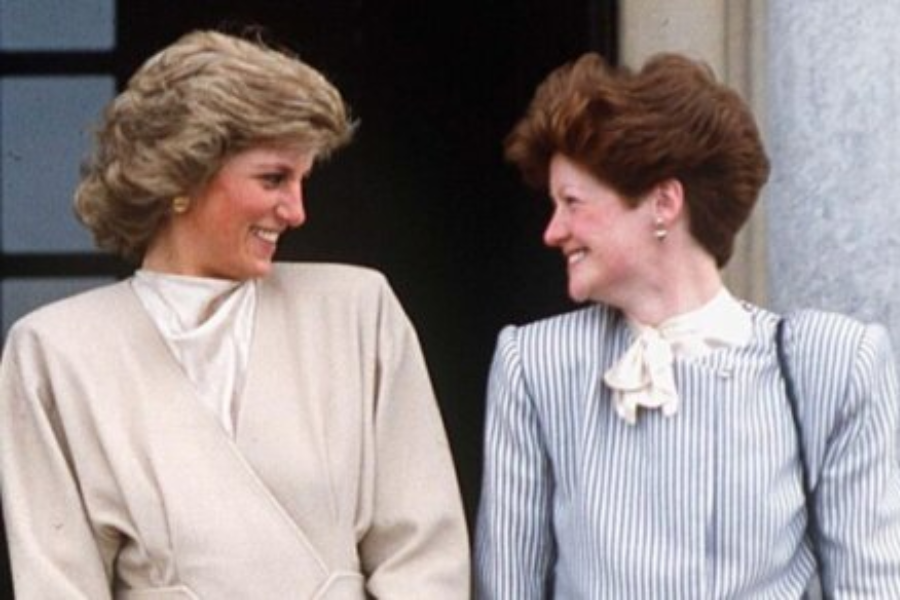
Diana may have seemed like an outsider, but she grew up in aristocracy and knew the royal orbit well — even before marrying into it.
Charles had briefly dated her older sister Sarah, and he and Diana were distant cousins, both descended from Henry VII. In their world, that wasn’t unusual.
None of it felt strange to them. As Sarah later put it in 1981, with a smile and zero scandal: “I introduced them. I’m Cupid.”
She Charmed Him With Words
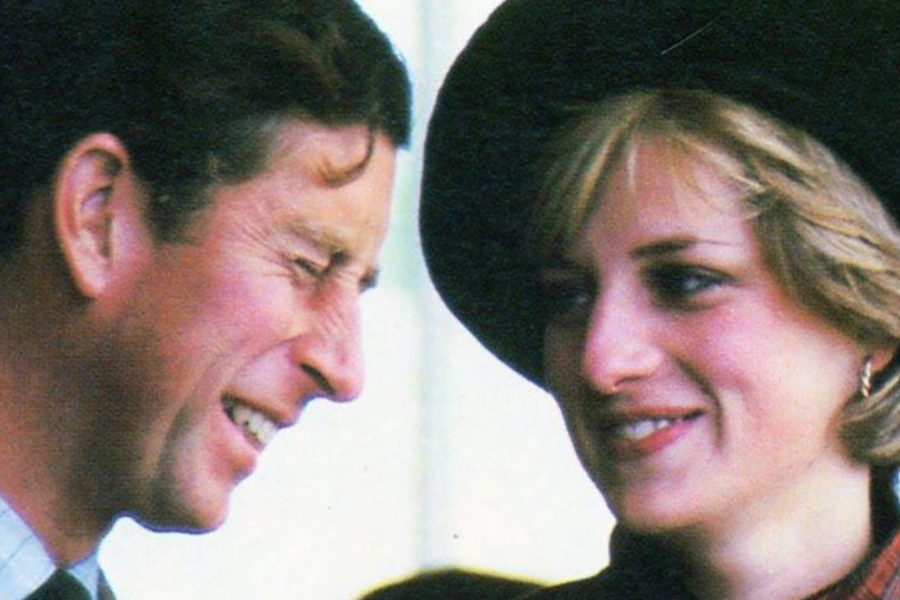
Though they’d crossed paths before, it was a summer barbecue in 1980 when Diana truly caught Charles’s attention — not with charm, but empathy.
Seated on a hay bale after a polo match, Diana, then nineteen, gently mentioned Lord Mountbatten’s death. “My heart bled for you,” she told him softly.
“You should be with somebody to look after you.” It struck him deeply. As one royal biographer put it, she’d said exactly what he needed, exactly when he needed it.
The Perfect Match — On Paper

After their first real conversation, Charles began seeing Diana differently. He was thirty. She was eighteen. The age gap raised eyebrows — but not objections.
On paper, she checked every royal box: aristocrat, Anglican, and, crucially for the time, a virgin. The institution saw her as practically pre-approved.
But the pressure came fast. Cameras followed them everywhere. Their relationship, barely formed, was already under a national microscope. Looking back, it seems like this was a warning of what was to come.
A Misunderstanding That Led to a Marriage
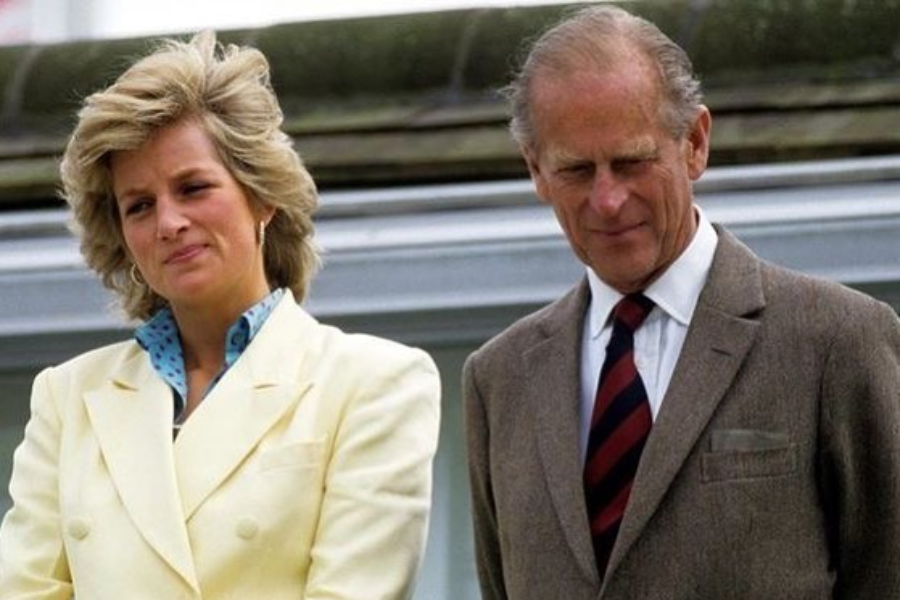
In early 1981, Prince Philip didn’t offer fatherly advice in person. He sent a memo: marry Diana or move on. Charles took it literally.
On February 6, at Windsor Castle, he proposed. Diana was nineteen, stunned but agreeable. It seemed sudden — because it was. The pressure had done its job.
Diana later said they’d met only thirteen times before the engagement — and rarely alone. “We barely knew each other,” she admitted. But the wheels were already turning adn there was no way to stop it now.
Her Encounter With “The Other Woman”

As Diana’s courtship with Charles unfolded, she met someone quietly present — Camilla Parker Bowles, fourteen years older, married, and already close to the prince.
Diana looked after Camilla’s children, even turned to her for advice. One day, Camilla invited her to lunch — just the two of them.
Afterward, Diana felt uneasy. She told a friend it felt like a trap, as if Camilla wanted to know when she’d be alone with Charles. A shadow had settled and it would never go away.
Her Bows Were a Warning to the Palace
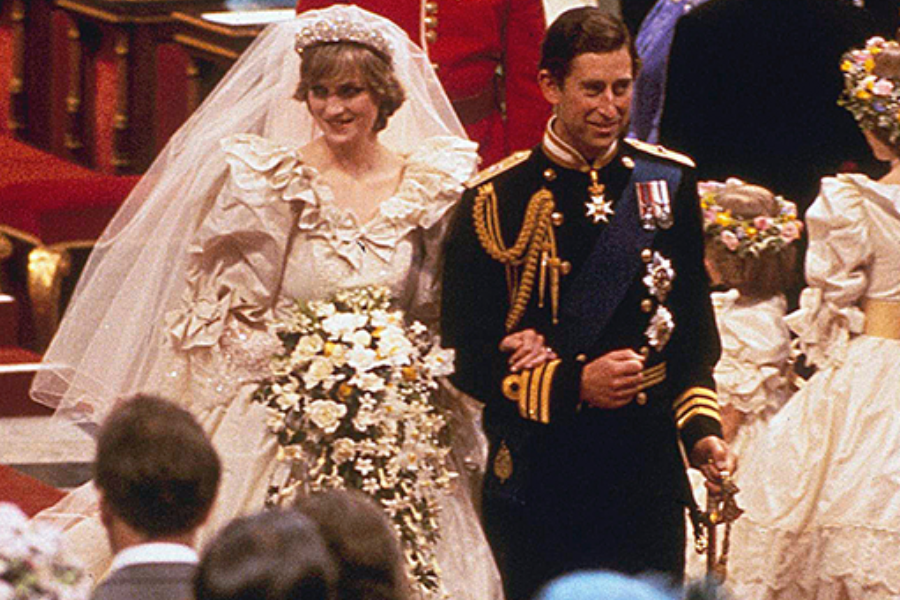
Diana was just nineteen when she married into the most traditional institution in Britain — and even then, she knew where to draw the line.
On July 29, 1981, during her wedding to Prince Charles, she left out the word obey. She promised to love, honor, and comfort — but not surrender her will.
It was a quiet decision, but telling. Even at nineteen, Diana wasn’t there to blend in. She was already shaping a different kind of royal presence — on her own terms, that would cost her a lot.
Alone After “I Do”
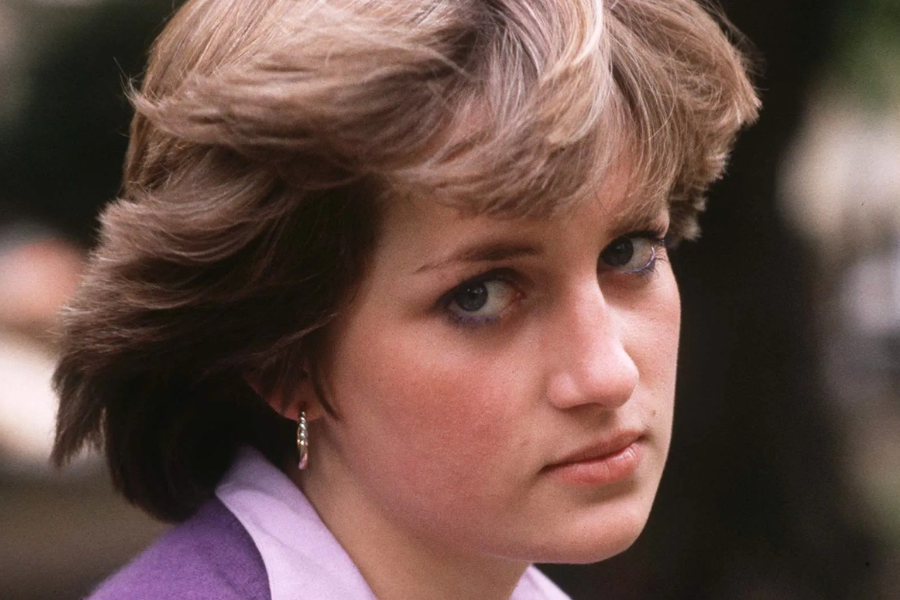
A few months after they got engaged, Diana married Charles. But even then, she knew — his heart was elsewhere. And she had proof.
Just weeks before the wedding, she’d found a bracelet meant for Camilla, engraved with their initials. After the ceremony, she moved into Buckingham Palace.
She began her royal training surrounded by formality, but no warmth. Two days in, she wrote to her friend and footman: “I feel utterly alone.” With time, she would find love and support elsewhere.
Nowhere to Lean

Not long after the wedding, Diana began to struggle. Royal life felt rigid. Inside the palace, she found structure, protocol — but no real support.
Charles was often away, occupied with future-king duties. Her relationship with the Queen was “polite but formal,” distant in every way that mattered.
Biographer Andrew Morton, author of Diana: Her True Story, wrote, “She was quite simply terrified of her mother-in-law.” Alone, anxious, Diana quietly began battling bulimia.
The Illlness Behind the Smile
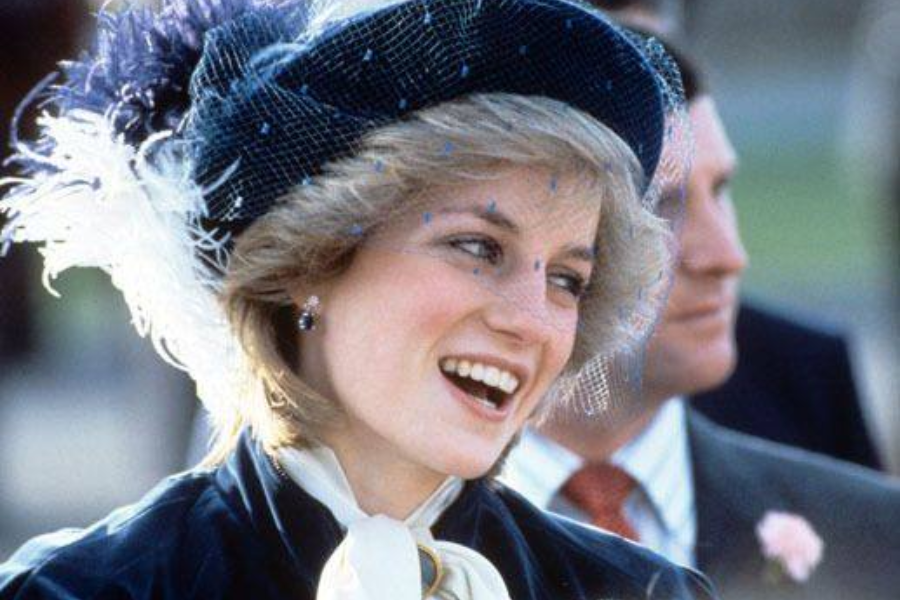
Not long after the wedding, Diana’s bulimia was “in full swing,” said biographer Penny Junor. It began quietly, but grew into something she couldn’t hide or control.
She later said Charles didn’t know how to handle it, and his discomfort deepened their distance. The illness became another unspoken wedge between them.
Diana sought help from doctors and healers alike — from therapists to astrologers. As she once said, “I think she felt that nobody could help her.” Saddly this would eventually cost her her marriage.
Light in the Middle of It All
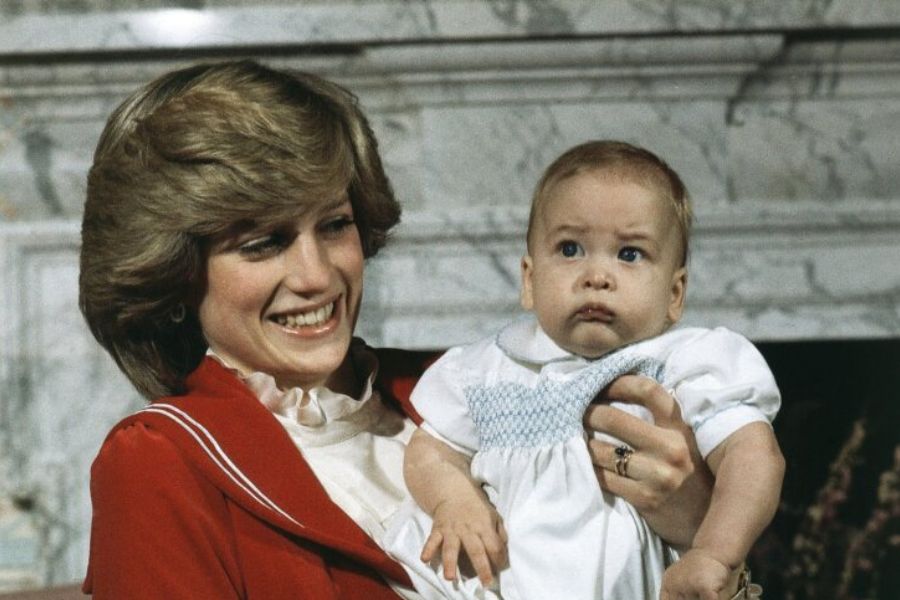
Though Diana felt trapped in a lonely marriage, one role gave her true joy: motherhood. Prince William was born in 1982, Prince Harry in 1984.
The palace expected heirs; Diana wanted connection. She bathed them, held them, insisted on school runs. “My boys are the most important thing in my life,” she told BBC Panorama in 1995.
In Diana: Her True Story, she said simply, “I live for my sons.” Amid royal protocol and emotional silence, they were the light that never dimmed.
Breaking the Royal Mold
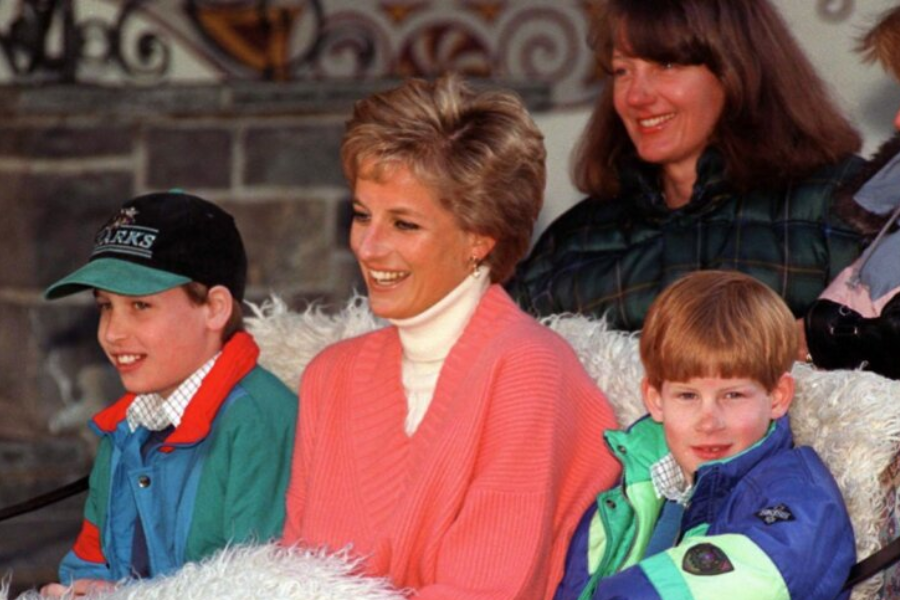
Diana made sure her boys did regular-kid things — movie queues, water rides, even McDonald’s runs. According to her chief of staff, nothing was off-limits.
She rode the Tube with them, sent them to public schools, and let them shout on roller coasters like any other kids — not royal mascots.
Traditional voices within the monarchy might’ve been horrified, but the public adored it. It wasn’t protocol. It was parenting. And it made her feel more human than crown.
The Love That Was Never in Doubt
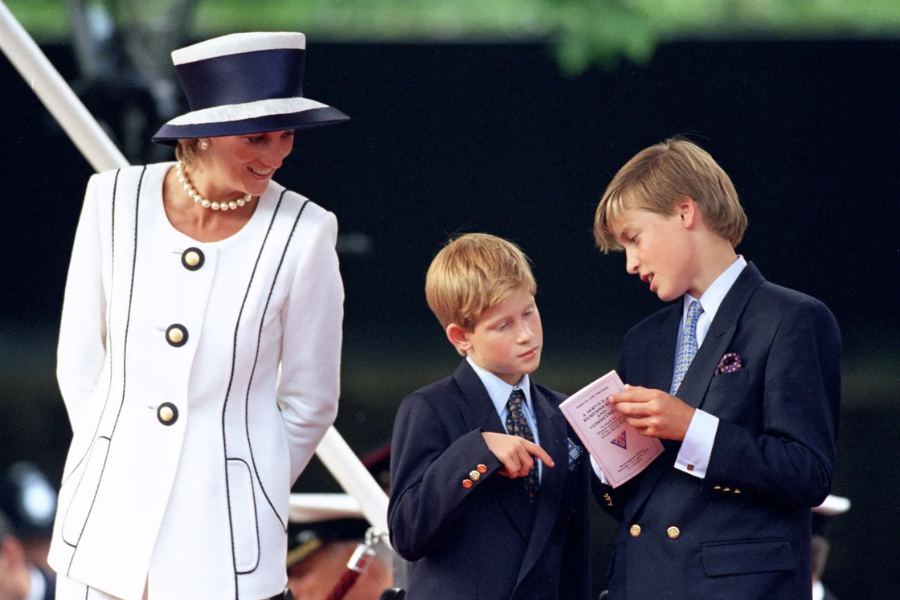
Despite everything swirling around her — the press, the pressure, the palace — Diana made sure her children always knew they came first, no matter what.
She hugged them, protected them, and made space for joy in lives that could’ve easily become stage-managed from the crib. They never had to guess.
“She was our guardian, friend and protector… quite simply the best mother in the world,” Harry said in 2007. Her love, he added, was never unspoken or undemonstrated.
A Marriage in Pieces
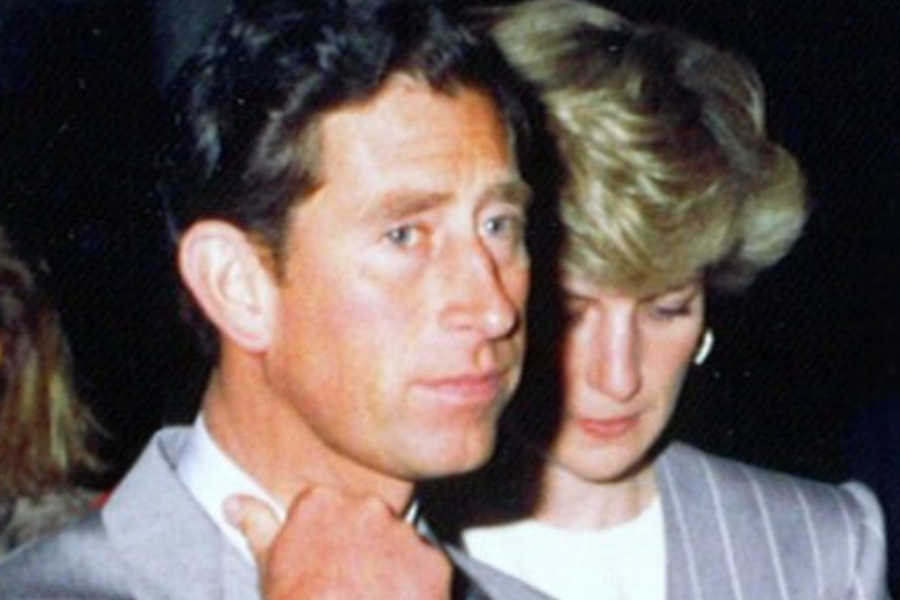
Diana’s love for William and Harry kept her anchored. But behind closed doors, her marriage to Charles was rapidly breaking down — piece by painful piece.
Charles’s ongoing affair with Camilla became harder to ignore. For Diana, heartbreak turned to humiliation when the private leaked became public — and graphic.
In 1993, transcripts surfaced of Charles telling Camilla he wished to “live inside her trousers” as a tampon. For Diana, the betrayal was now a national spectacle.
She Found Refuge In Someone Else
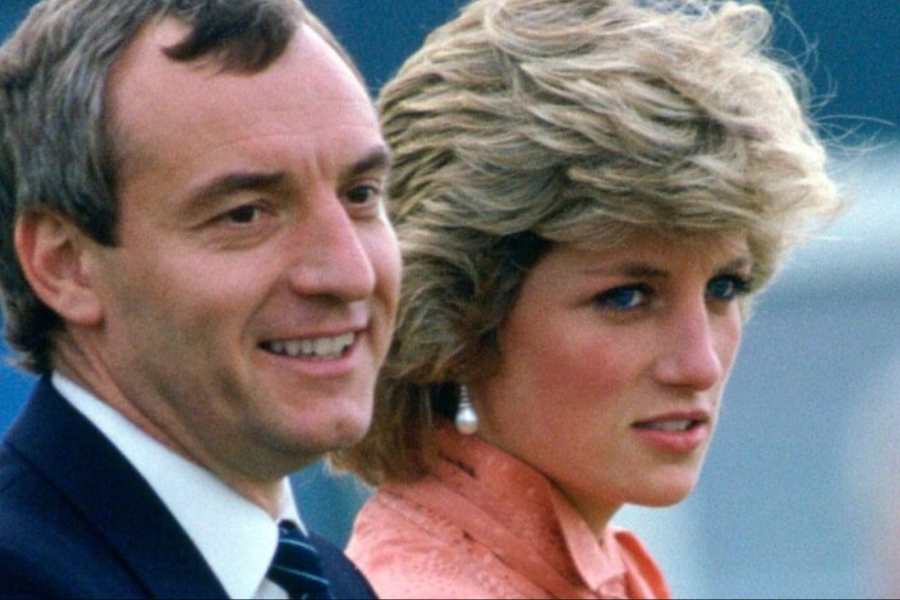
In the mid-1980s, amidst the growing strain of her marriage, Princess Diana found solace in her bodyguard, Barry Mannakee.
In private recordings made in 1992, Diana revealed, “I was only happy when he was around.” She described him as “the greatest friend I’ve ever had,” and admitted, “I fell deeply in love with someone who worked in this environment.”
Rumors swirled, and eventually, Mannakee was quietly removed from his post in 1986. The following year, he died in a motorcycle crash, something many found suspicious.
An Unconvential Love
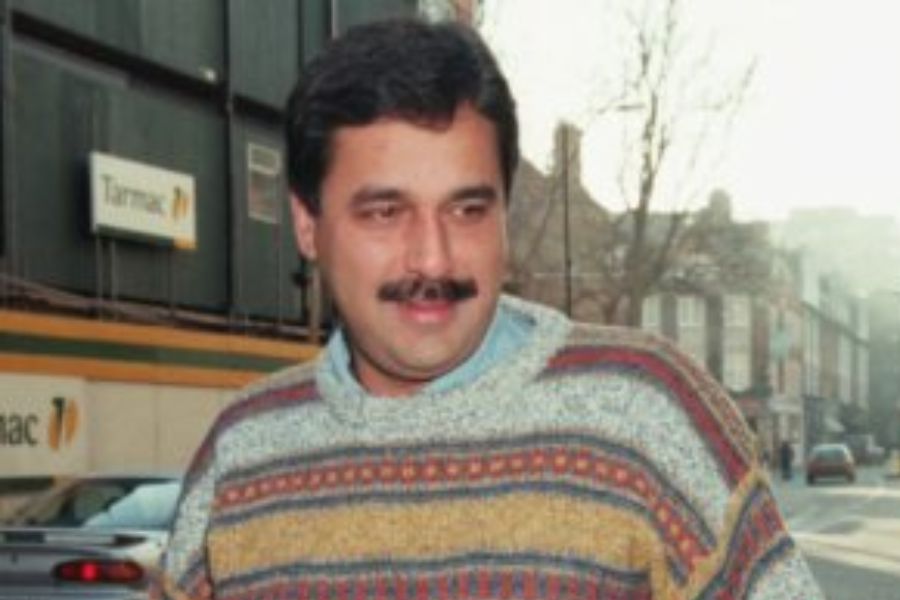
While Charles’s affair with Camilla persisted, Diana was also involved with Major James Hewitt, her riding instructor. In a 1995 interview, she said “Yes, I adored him. Yes, I was in love with him. But I was very let down.”
She also dated heart surgeon Hasnat Khan, whom she reportedly called “Mr. Wonderful.” Their relationship lasted two years, mostly in private.
These weren’t scandals to Diana. They were attempts to feel understood. “I think she felt that nobody could help her,” one biographer said. So she reached out.
The Book That Changed Everything

By the early 1990s, the pressure on Diana and Charles had reached a boiling point. The tabloids hounded them daily; the public sensed something unraveling.
In 1992, journalist Andrew Morton published Diana: Her True Story. It revealed Diana’s struggles with bulimia, self-harm, and profound loneliness — stories secretly told by Diana herself.
The public was shocked. Until then, few knew what she was going through. “It rocked the royal family,” said biographer Sally Bedell Smith. And it changed everything.
The Interview That Started a War
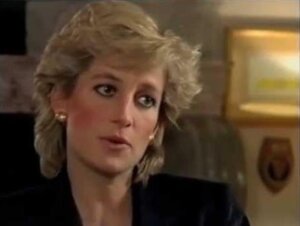
By late 1992, Diana and Charles had officially separated — a historic shift, but not yet a final one. The palace still hoped for discretion.
Then came Panorama. In 1995, Diana spoke openly of infidelity, isolation, and emotional pain. “There were three of us in this marriage,” she said plainly.
The interview infuriated the monarchy. For Queen Elizabeth, this was the line crossed. After that, there was no going back. Not really.
Divorce, By Royal Request
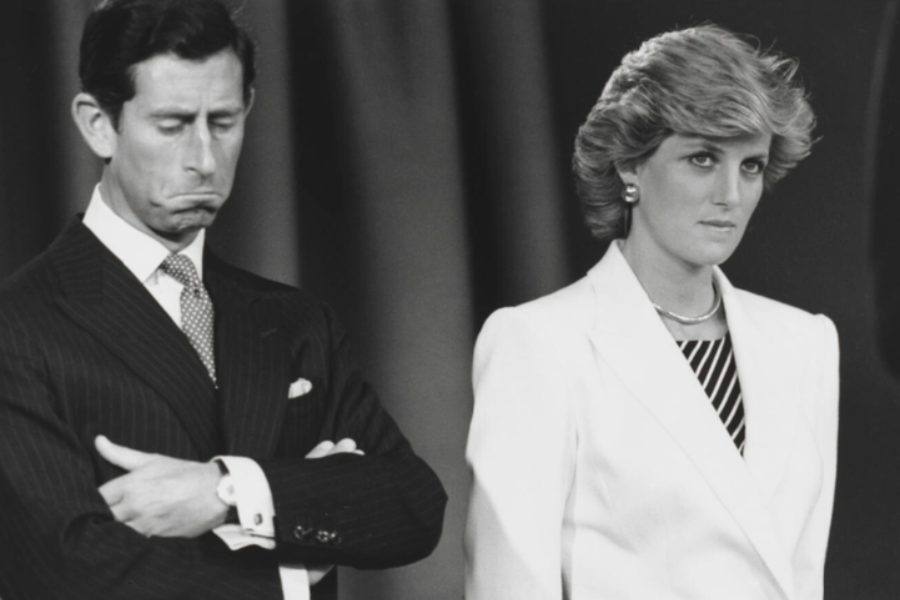
Between 1992 and 1995, Diana and Charles lived in a quiet limbo — separated, scrutinized, but still legally bound. Everyone knew, but nothing was official.
After Diana’s Panorama interview aired in November 1995, the Queen stepped in. A month later, she wrote to both, urging them to divorce.
Diana agreed in February 1996. The divorce was finalized on August 28. A royal chapter had closed — not quietly, but definitively, just one year before her death.
The Divorce Costed Her Sister

Diana’s divorce from Charles cost her more than a marriage. It deepened the rift between her and the royal family — and within her own.
She became estranged from her older sister, Lady Sarah McCorquodale, who was married to Neil McCorquodale — then serving as private secretary to Queen Elizabeth II.
Diana also lost her royal title. But she once said that didn’t matter. To millions, through her compassion and candor, she was already the People’s Princess.
The Heart of a Crown
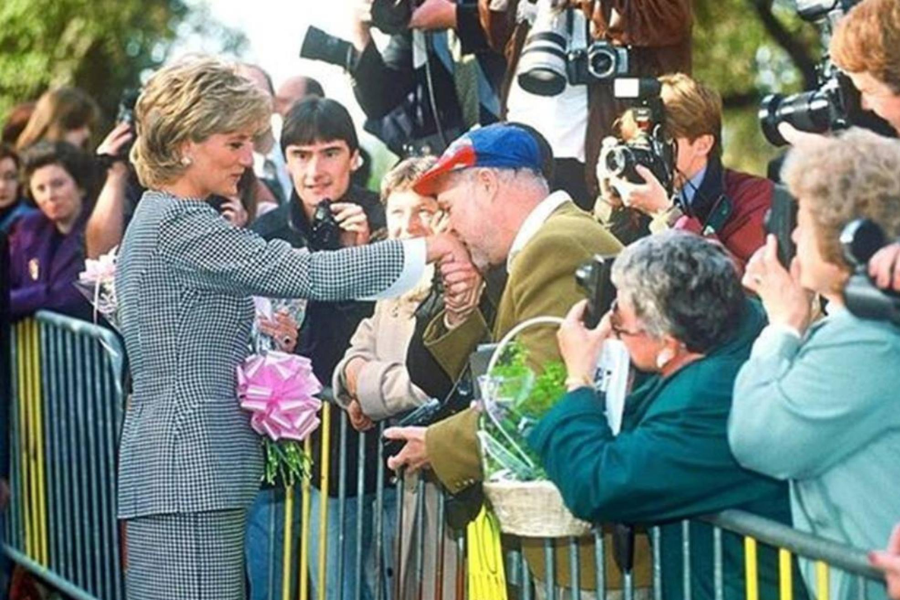
During her years in the Royal Family, Diana did something no royal had done quite the same way before: she made the monarchy feel human. Her warmth cut through centuries of formality.
She was linked to over 100 charities — visiting hospitals, walking minefields, hugging patients. People didn’t just see a princess; they saw someone who cared.
Public admiration turned into action. More than $100 million in donations poured in, helping to launch the Diana, Princess of Wales Memorial Fund to continue supporting her causes.
The Handshake Seen Around the World

In April 1987, Diana visited London’s Middlesex Hospital to open the UK’s first HIV/AIDS unit — and made history with one quiet, powerful gesture.
She shook hands with a man living with AIDS. No gloves, no hesitation. A moment that challenged fear and helped dismantle years of dangerous misinformation.
“If a member of the royal family could shake an AIDS patient’s hand, then anyone could do it,” said nurse John O’Reilly. “She changed public perception.”
From Quiet Gestures to Global Warnings
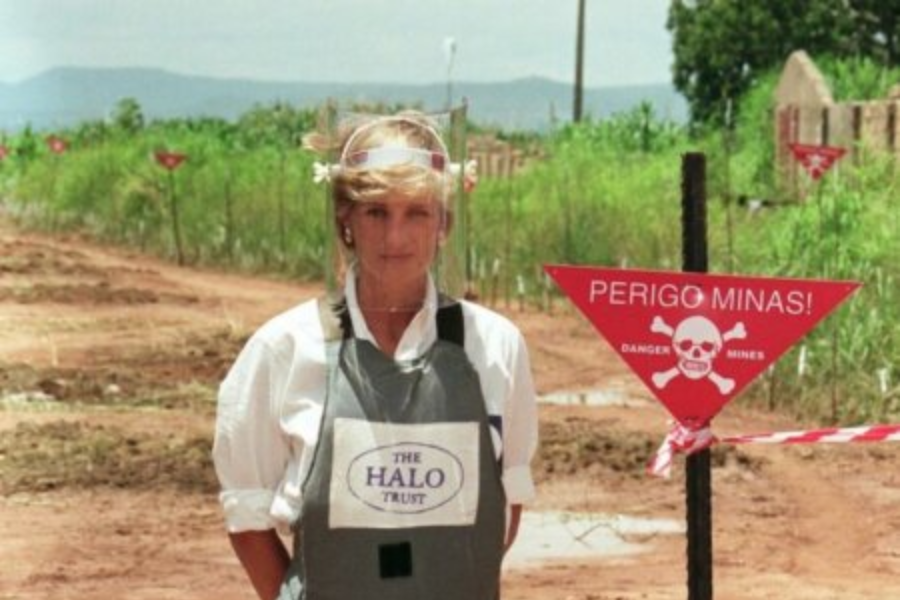
Diana’s compassion had already reshaped how the world viewed illness and stigma. But in 1997, she turned that same focus to another overlooked crisis: landmines.
In Angola, she walked through an active minefield in protective gear, highlighting the civilian toll. The moment was photographed, and impossible to ignore.
“I’d read the statistics… but that hadn’t prepared me for reality,” she told the Angolan press. It wasn’t a photo op. It was a call for action.
A final Summer Marked by Chaos
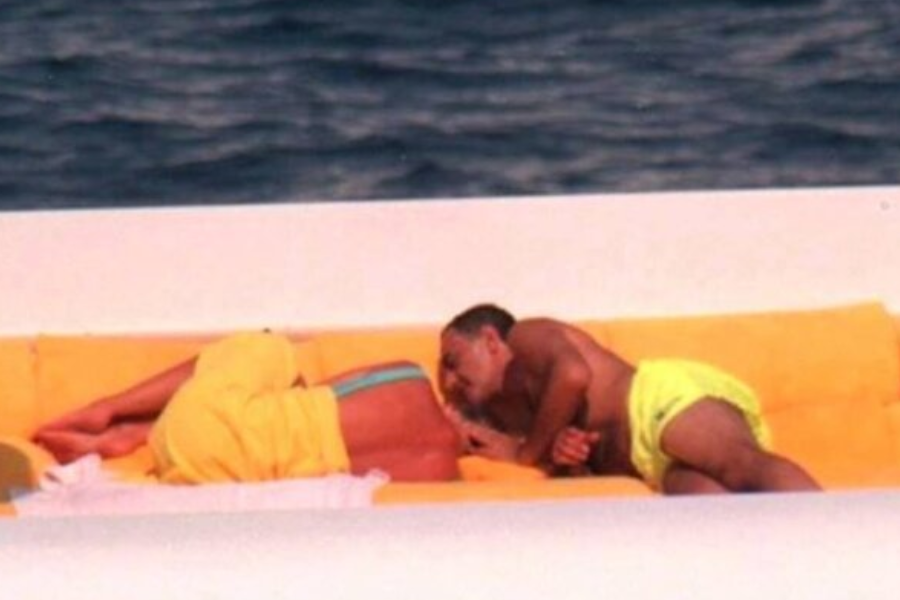
In the last weeks of her life, Diana was often seen with Dodi Fayed — a relationship new enough to still be unfolding, but already headline material.
Dodi was the son of Mohamed Al-Fayed, billionaire owner of Harrods and the Ritz in Paris. He worked in film and came from global wealth.
Wherever they went, the paparazzi followed. Diana’s love life had always drawn headlines, but that summer it was relentless — cameras chasing what looked like the start of something new.
The Night the World Stopped
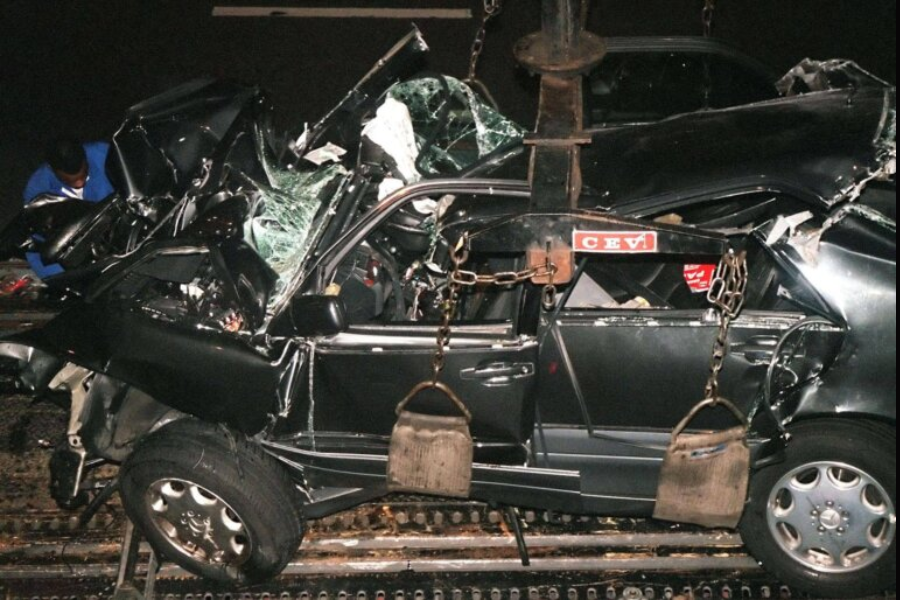
In the early hours of August 31, 1997, Diana was fatally injured in a car crash inside the Pont de l’Alma tunnel in Paris.
She was riding with Dodi Fayed, their driver Henri Paul, and bodyguard Trevor Rees-Jones. The car, pursued by paparazzi, struck a pillar at high speed.
Diana was pronounced dead just before 4 a.m. local time. News of her death spread quickly — and stunned the world. A princess was gone, and nothing felt real.
Grief in the Streets, Silence Behind the Gates
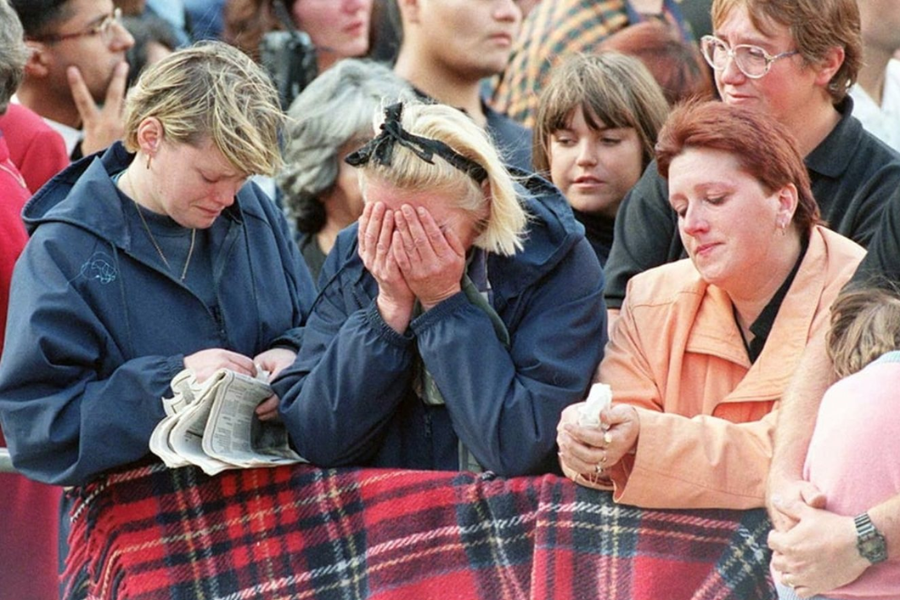
As news of Diana’s death spread, the public flooded Kensington Palace and Buckingham Palace with flowers, letters, and tears. Mourning was instant, raw, and everywhere.
But the royal family remained at Balmoral in Scotland, shielding William and Harry in private. There was no immediate public statement. No flag at half-mast.
The contrast was stark. While crowds wept, the monarchy seemed frozen. Critics called it cold. The silence spoke volumes — and for many, it deepened the heartbreak.
The Shift They Had to Make
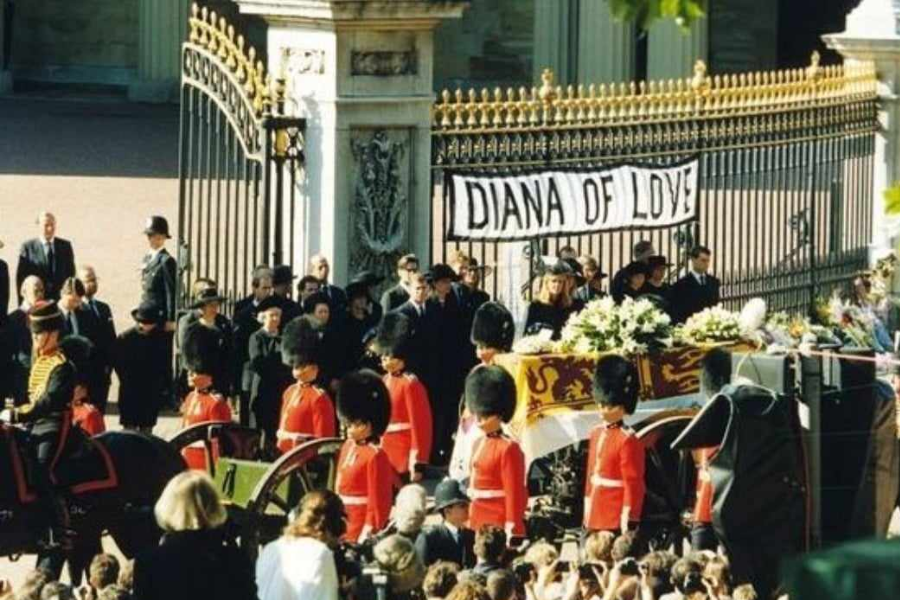
Under growing criticism, the royal family realized their silence couldn’t hold. The public wanted more than protocol — they wanted acknowledgment, humanity, something real.
Queen Elizabeth returned to London. For the first time, the Union Jack was flown at half-mast over Buckingham Palace — a symbolic break with tradition.
The Queen also addressed the nation live on television, praising Diana as “an exceptional and gifted human being.” It was late. But it mattered. And it marked a turning point.
A Farewell Watched by the World
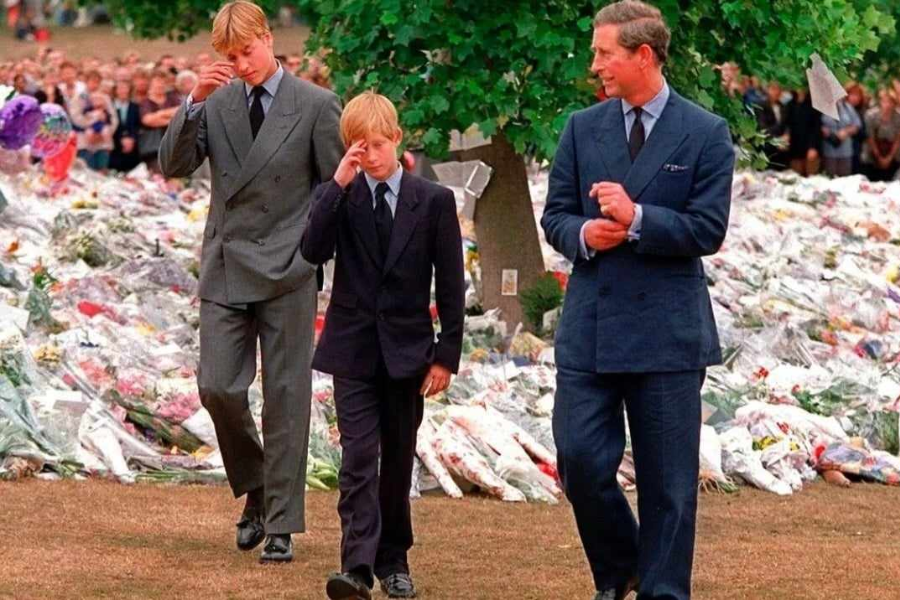
On September 6, 1997, over two million people lined the streets of London for Diana’s funeral. Many wept openly as her coffin passed in silence.
The televised service drew an estimated 2.5 billion viewers worldwide — a global farewell to someone who had touched millions with quiet defiance and compassion.
Years later, Prince Harry reflected, “I don’t think any child should be asked to do that.” He was 12, walking behind his mother’s coffin. “It still hurts.”
A Quiet Place for Goodbye

After the funeral, Diana’s family held a private ceremony at her childhood home, Althorp Estate — far from crowds, cameras, and royal procession.
She was laid to rest on an island in the middle of Oval Lake, surrounded by trees, swans, and stillness. A resting place chosen for peace.
The grave isn’t open to the public, but visitors can view it from across the water. It’s a quiet memorial — not carved in stone, but in nature.
The Queen of Hearts
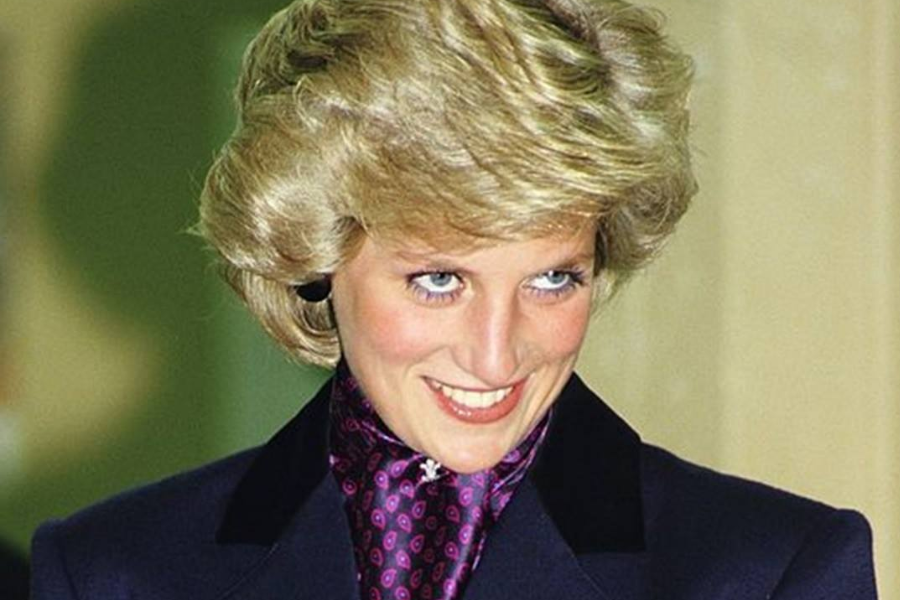
Diana never needed a throne to leave a mark. Through empathy, defiance, and grace, she reshaped what royalty could mean — and for whom it should serve.
She touched lives by being present, by reaching out, by showing that pain didn’t make you weak, and kindness wasn’t weakness either.
“I’d like to be a queen in people’s hearts,” she once said. And she was. Not by title, but by truth — the kind that doesn’t fade with time.

